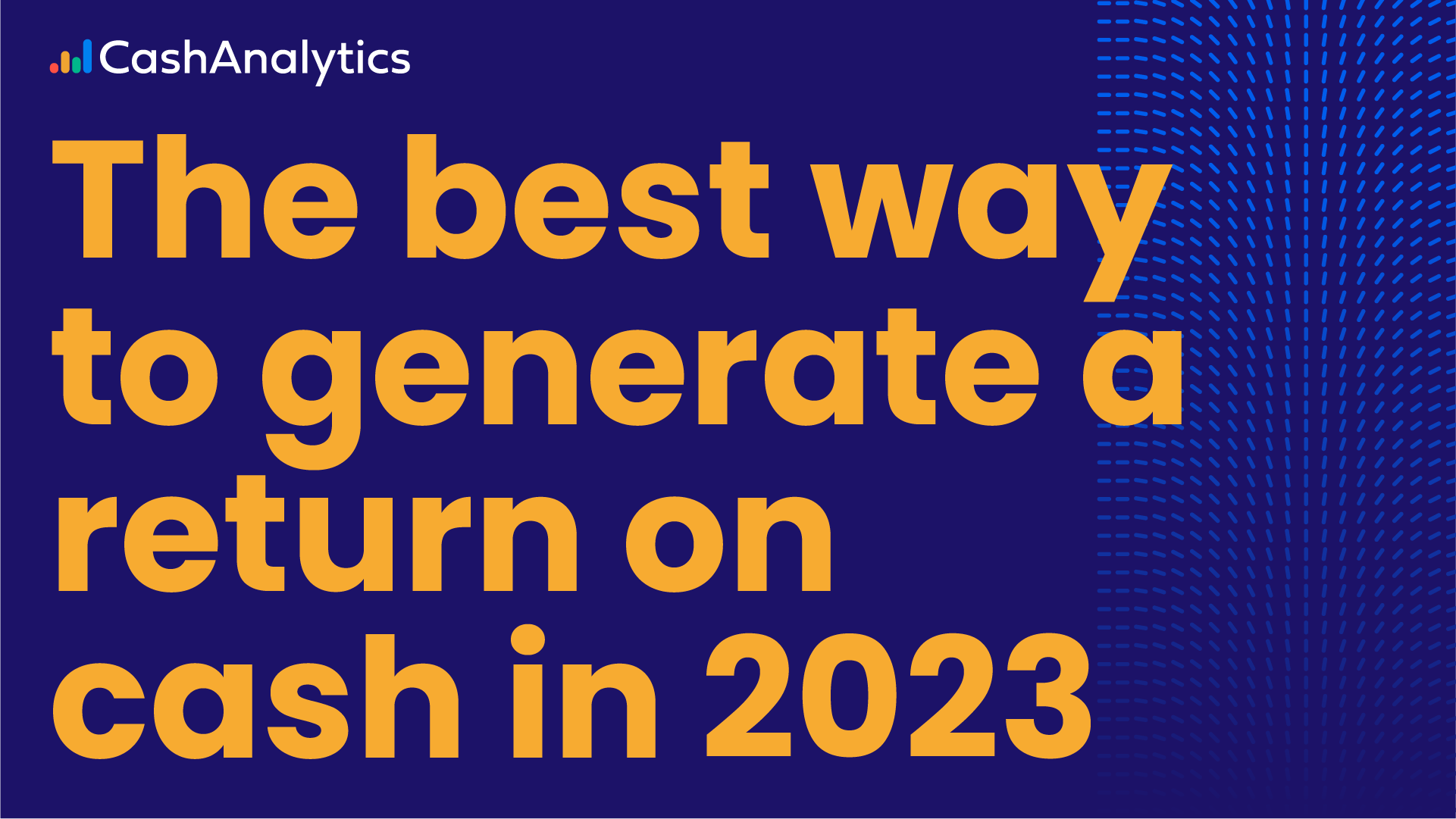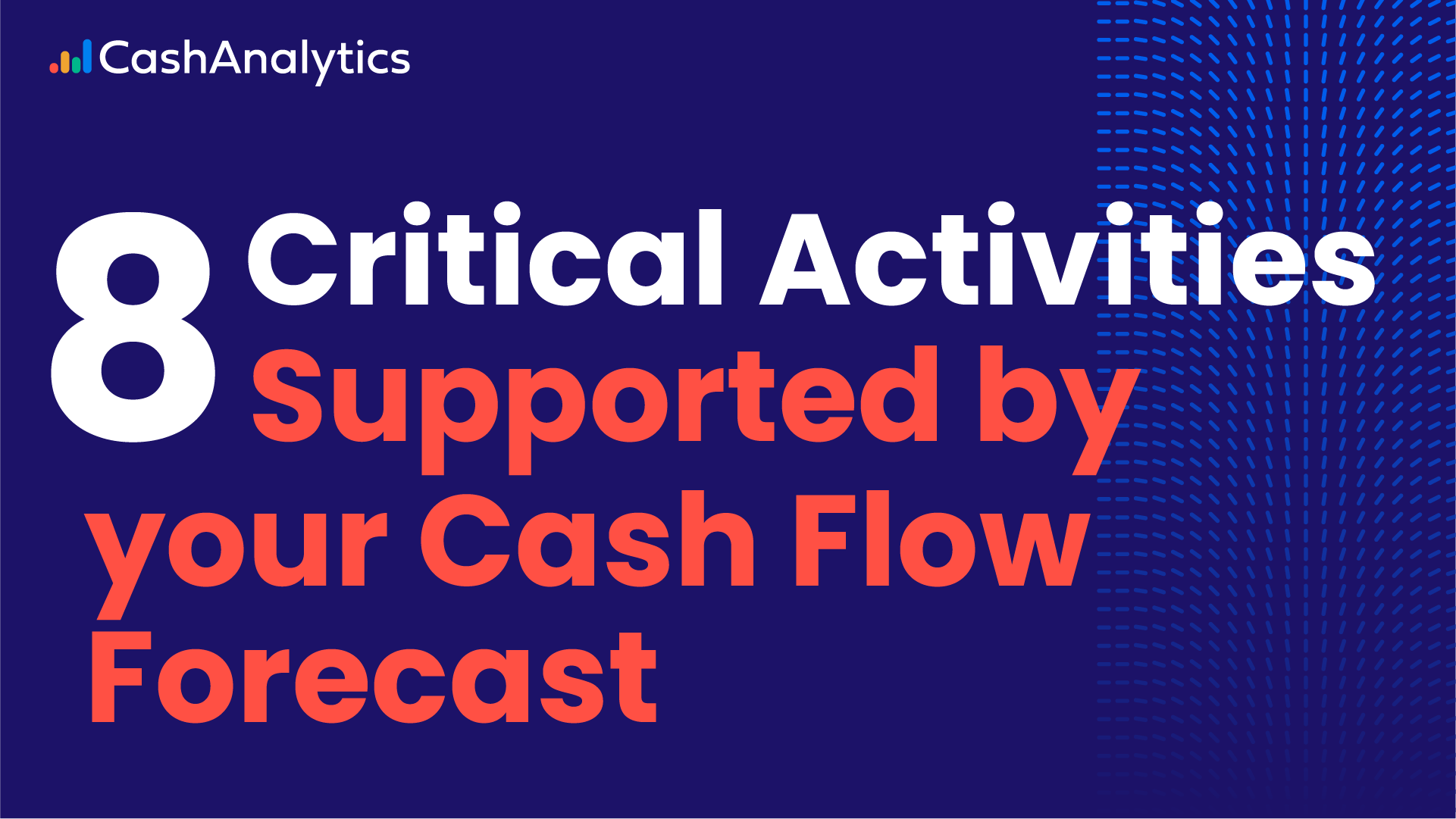Simon Sinek is an author and speaker best known for his perspective on how great leaders inspire others to take action. In his book “Start With Why”, Sinek discusses the marketing principles behind successful businesses and how the leaders stand apart from the pack. He argues when communicating with customers, leading companies start with “Why” a company does what it does rather than just describing “What” it does. The science behind the concept being that starting with why you do something and why it is important is a more powerful way to communicate. Understanding why something is important helps us engage with it, or as Sinek puts it, people are not interested in what you do, they are interested in why you do it.
Driving engagement and the logic of communicating “why over what” is very relevant to cash forecasting in large companies. Cash forecasting is often classified as a “people problem” – the assumption being that it is the individuals job to buy into the forecasting process and that they should just do it. However starting with this viewpoint pushes the responsibility on to the “people” in the entities. If you were to ask someone involved in a forecasting process what they have to do and why they do it you might get some interesting answers. The “what” will probably be clearly articulated as the job of inputting, uploading, reviewing and submitting forecast data, i.e. focused on process work that has to be done. The “why”, although very important to head office treasury, is typically less clear to to the people in the business units.
So how can treasury teams change the dynamic and drive more effective engagement? The starting point needs to be the building of a very clear picture of why forecasting is important and what value is derived from it. This can then form the basis of communicating that value to both senior stakeholders and business units. There are a number of reasons why cash forecasting may be important for an individual company, however it can often be distilled down to two broad activities. – Avoidance of liquidity issues by gaining greater visibility over future cash flows and positions. – Reduction of interest costs and debt levels through more efficient cash management. Every business is different and therefore every forecasting process is different, but at a macro level these are often the prevailing forces as to why forecasting is important for head office treasury teams. Approaching forecasting from the perspective of a CFO in a business unit, important aspects may include: – Risk reduction through visibility and control over their own cash management processes. – Cost reduction for their own business. – Working capital control and management. In other words within an individual entity or business unit people want the the same things on a smaller scale that the treasury team want for the business as a whole. Plus of course they want to get on with running their business and know what they contribute matters. When building a business case for cash forecasting it is critical to take their perspective into account. For a robust cash forecasting process, the most important ingredient in determining success is the engagement of the people involved. Without their buy-in the data they provide could at best be meaningless and at worse be dangerous. Obtaining data that is as accurate as possible into the process requires brain power and that is why engagement matters.



